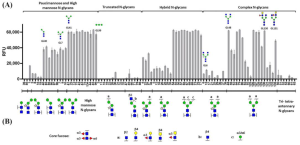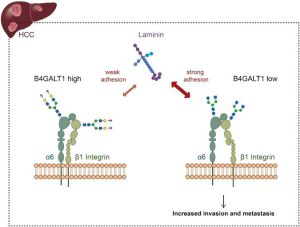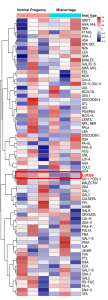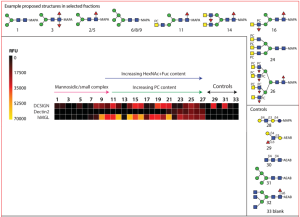PAA-glycans are used to target cancer cells, and cytotoxic oxygen radicals are released by light irradiation to selectively kill cancer cells
A group from School of Chemistry, University of East Anglia, Norwich Research Park, Norwich, UK, etc. has reported about a new DDS using glycan-lectin interactions and photodynamic therapy.
https://pubs.rsc.org/en/content/articlelanding/2023/NA/D3NA00544E
Lectin expression can be altered in diseased-state cells.
For example, in cancer the glycan–protein interactions play key roles in avoiding immunosurveillance and reattachment to new tissue during metastasis.
Cancer cells are also associated with increased metabolism due to their unregulated, increased growth, reflected in an increase of glycan transporters.
For breast cancer cells, there are key lectins and glycan-binding receptors that are upregulated, which include galectins, glucose transporters, and the mannose receptor.
PAA-glycans and an amine derivate of the photosensitiser chlorin e6 were chemically attached onto Au nanoparticles as a new DDS.
PAA-glycans act as targeting molecules onto the target cancer cells, and the photosensitiser releases cytotoxic reactive oxygen species upon activation with light of a specific wavelength to kill cancer cells.





